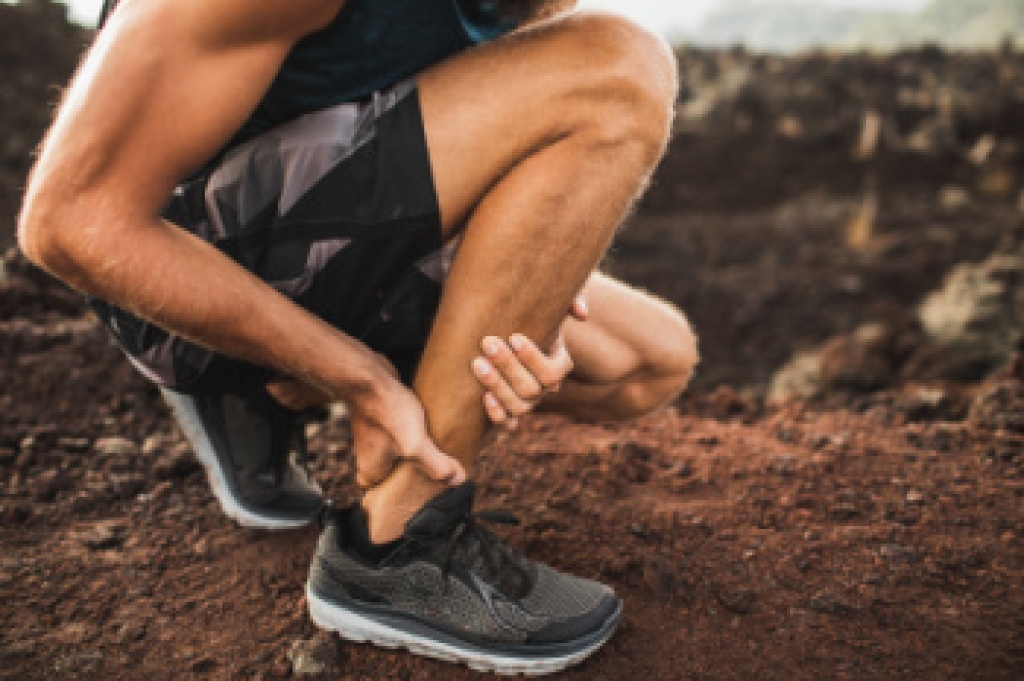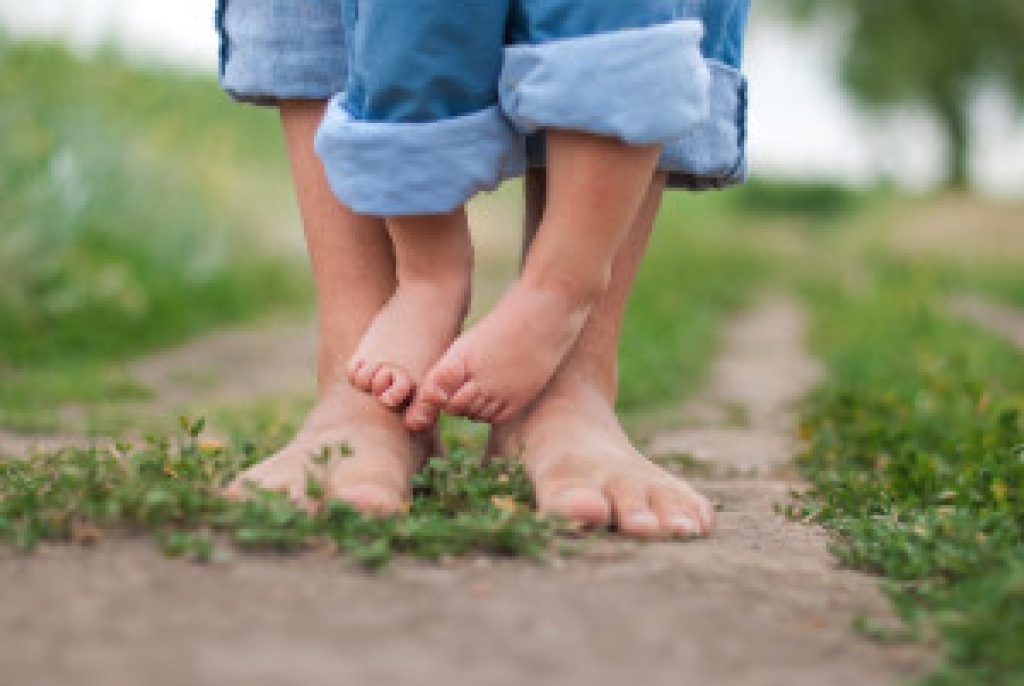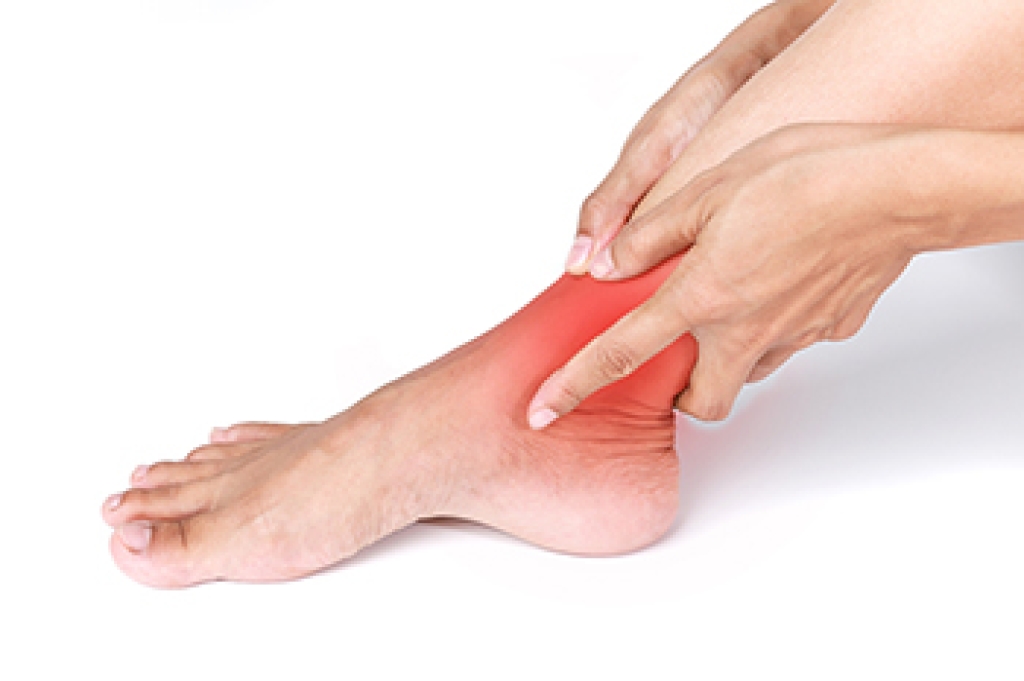
Achilles tendinopathy is a common condition that causes pain and stiffness in the tendon connecting the calf muscles to the heel. It often affects runners, athletes, or anyone who suddenly increases their level of activity. The pain usually starts gradually and worsens with movement, especially after rest or in the morning. Swelling or thickening along the back of the heel may also appear. This condition develops over time from overuse, wearing poor footwear, tight calf muscles or improper training techniques. Early treatment can prevent long-term damage. Rest, stretching, and strengthening exercises are often recommended. Supportive shoes or heel lifts can reduce strain. In more serious cases, targeted exercises or advanced treatments may be needed. If your heel or lower leg hurts with activity or becomes stiff, it is suggested you see a podiatrist for diagnosis and appropriate treatment.
Achilles tendon injuries need immediate attention to avoid future complications. If you have any concerns, contact Gabe Rodriguez, DPM of Sioux Falls Foot Specialist. Our doctor can provide the care you need to keep you pain-free and on your feet.
What Is the Achilles Tendon?
The Achilles tendon is a tendon that connects the lower leg muscles and calf to the heel of the foot. It is the strongest tendon in the human body and is essential for making movement possible. Because this tendon is such an integral part of the body, any injuries to it can create immense difficulties and should immediately be presented to a doctor.
What Are the Symptoms of an Achilles Tendon Injury?
There are various types of injuries that can affect the Achilles tendon. The two most common injuries are Achilles tendinitis and ruptures of the tendon.
Achilles Tendinitis Symptoms
- Inflammation
- Dull to severe pain
- Increased blood flow to the tendon
- Thickening of the tendon
Rupture Symptoms
- Extreme pain and swelling in the foot
- Total immobility
Treatment and Prevention
Achilles tendon injuries are diagnosed by a thorough physical evaluation, which can include an MRI. Treatment involves rest, physical therapy, and in some cases, surgery. However, various preventative measures can be taken to avoid these injuries, such as:
- Thorough stretching of the tendon before and after exercise
- Strengthening exercises like calf raises, squats, leg curls, leg extensions, leg raises, lunges, and leg presses
If you have any questions please feel free to contact our office located in Sioux Falls, SD . We offer the newest diagnostic tools and technology to treat your foot and ankle needs.




